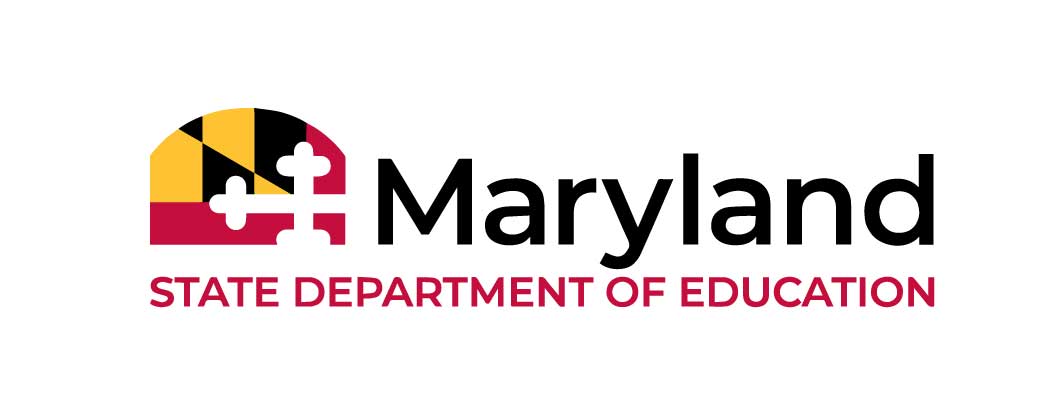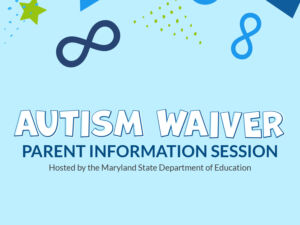Research in Practice- Strategic Collaboration: Sharing Academic Progress

Spotlight – Stories from the Field
Emily Summerlot, Prince George’s County Public Schools
Emily’s Challenge: How can data collected on a student’s academic progress in one classroom be effectively shared with all members of the IEP team?
Emily wanted to work with the school team to create a structured time for teachers and school staff to collaboratively analyze and interpret the achievement data for students with IEPs, and to identify instructional changes based on the analysis of the data. Staff were meeting weekly for professional development. These professional development sessions did not currently include reviewing student data; therefore, there were no designated times outside of IEP meetings for student data to be shared among members of the IEP team. Each teacher is making instructional decisions based on the data they have collected in their own classroom. Research indicates that collaborative analysis of student data and then using that analysis to make instructional changes improves student outcomes.
An initial session was held and teachers agreed to upload student data to a shared Google Folder, one for each student, that was accessible through a previously created staff Google Classroom. For the remainder of the year, a data review session was scheduled once a month as part of the collaborative planning schedule.
Implementation Plan
Time: 30-45 minutes once per month on already established professional development days
Materials/Resources: A collaborative platform (Zoom, Slack, Google Docs/Slides/Sheets, etc), IEP team members, student data and/or work samples, data collection tools
Steps:
- Review the school calendar and highlight collaborative planning sessions
- Work with administrators and department chairs to choose a regularly scheduled time within an existing meeting when essential teachers/staff can review student data
- At the first session, collaborate with teachers/staff to identify the tool/platform that will be used asynchronously between meetings to collect classroom data and work samples
- Correspond with teachers between meetings to remind them to upload student work samples and data in the designated platform
- During subsequent meetings, analyze shared data/work samples and discuss the student’s performance across disciplines. Decide if instructional shifts or changes in the supplementary aids and services are necessary
- Teachers implement instructional changes in the classroom and repeat steps 4-5 on a monthly basis
- After one semester of implementation, evaluate effectiveness of data collection tools and collaborative platform and make revisions as needed
Implications for Practice/Conditions for Success
- Be mindful of student confidentiality requirements. You do not want to share confidential information about a student with an IEP with teachers who do not currently teach those students. You may need to remove student names from the documents
- Consider color coding work samples or assigning numbers that do not identify a student directly but do designate which students have an IEP, 504, or receive ESOL support
- Sometimes other teachers who are not part of the IEP team have good strategies and ideas for supporting a student. If you are maintaining confidentiality, it can be valuable to include these teachers in the collaborative discussion
- If teachers who share students do not attend the same collaborative planning period, consider having structured times for “discussing” off-line using a discussion board, email thread, or other platform provided by the school system
- Be prepared to explain to teachers why this type of collaboration is important. Some teachers do not see the relevance of a student’s work in another classroom to their own instructional practices. Others do not feel comfortable sharing student work samples with their colleagues. It may take time for all teachers to invest in the process.
Supporting Research and Resources
Teacher Collaboration in Perspective: A Guide to the Research This provides an excellent summary of the many ways in which collaboration among teachers impacts the quality of teaching, teacher retention, student achievement, and other key aspects of education.
Using Student Achievement Data to Support Instructional Decision Making* This document outlines the importance of using student data to support instruction and makes recommendations for how school teams can implement specific strategies (such as designated structured time for collaborative review of student data) to improve academic outcomes
Student work analysis protocols* There are many protocols out there but all of them reinforce that if teachers look together at samples of student work, they can better identify patterns of errors, student strengths, and better ways to provide instruction targeted to those students. This would be helpful if teachers were using work samples related to the IEP goal rather than coming with results based on their own analysis of the student’s work.
*This pdf is not 100% accessible and is not a required resource.






